In a separately excited dc generator, the field coils are energized from an independent source.
The disadvantage of a separately excited DC generator is the same that we require an external DC source for excitation. But since the output voltage may be controlled more easily and over a wide range (from zero to a maximum), this type of excitation finds many applications.
Read: Working Principle of Alternator
Open circuit characteristic
The O.C.C. of a separately excited generator is determined in a manner described in the previous section. It shows the variation of generated e.m f. on no load with field current for various fixed speeds.
Note that if the value of constant speed is increased, the steepness of the curve also increases. When the field current is zero, the residual magnetism in the poles will give rise to the small initial e.m.f. as shown.
Internal and External Characteristics
In order to determine the external characteristic, the circuit set up is as shown in Fig (i). As the load current increases, the terminal voltage falls due to two reasons:
.png)
-
(a) The armature reaction weakens the main flux so that actual e.m.f. generated E on load is less than that generated (E0) on no load.
- (b) There is a voltage drop across armature resistance (= ILRa = IaRa).
Due to these reasons, the external characteristic is a drooping curve [curve 3 in Fig (ii)]. Note that in the absence of armature reaction and armature drop, the generated e.m.f. would have been E0 (Curve 1).
The internal characteristic can be determined from an external characteristic by adding ILRa drop to the external characteristic. It is because the armature reaction drop is included in the external characteristic.
Curve 2 is the internal characteristic of the generator and should obviously lie above the external characteristic.
Advantages and Disadvantages
The separately excited dc generators have a decided advantage over the self-excited generators – it operates in a stable condition with any field excitation. Thus a wide range of output voltage may be obtained.
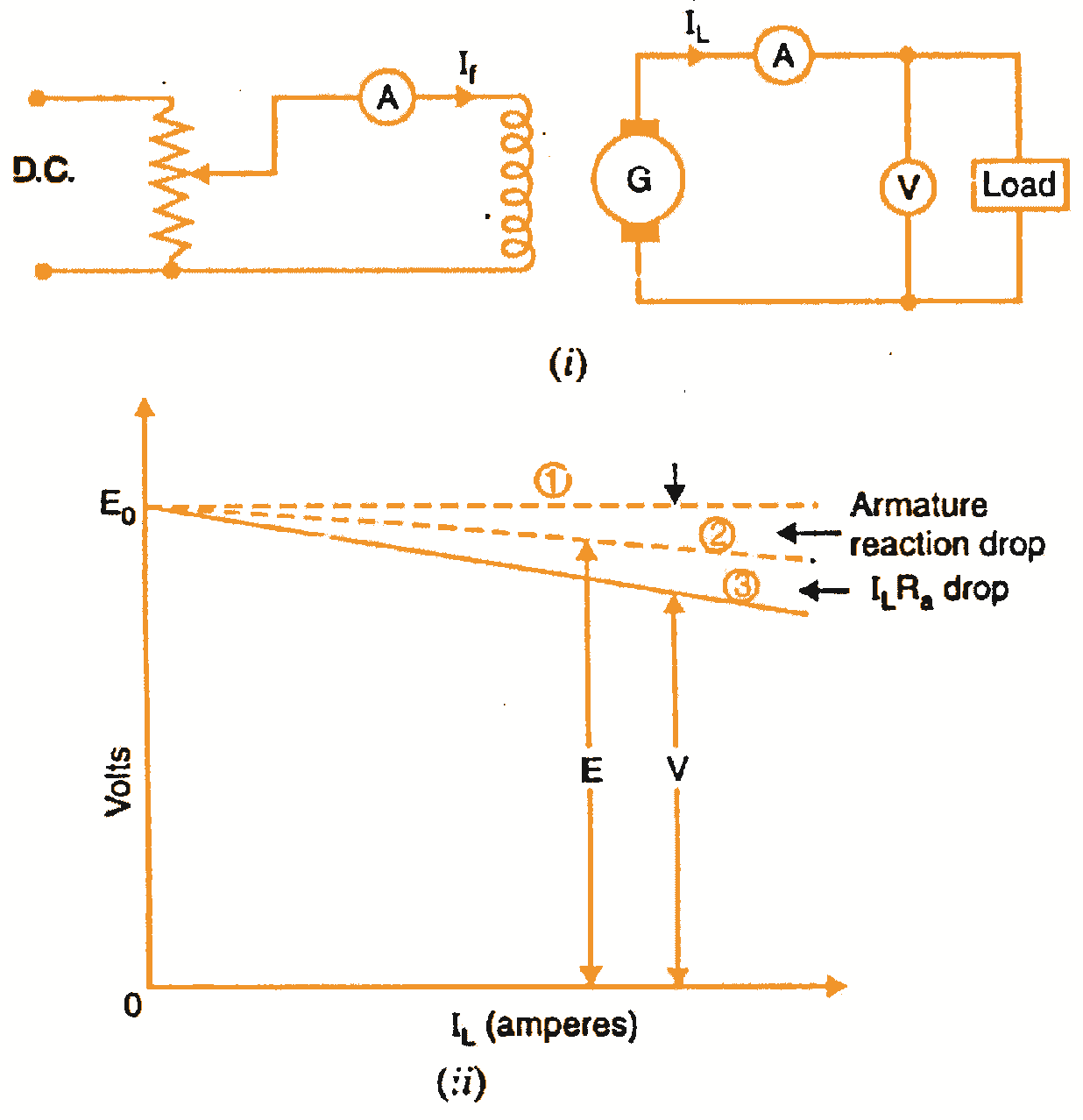
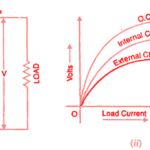
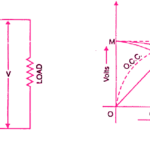
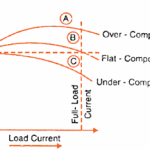
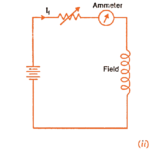
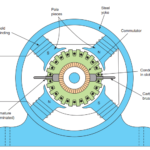
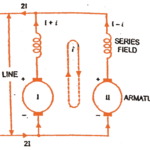
Comments are closed.